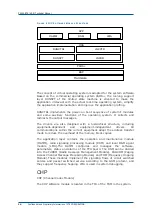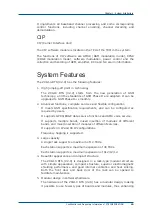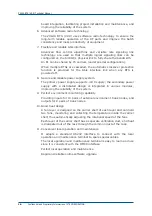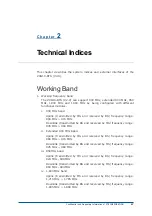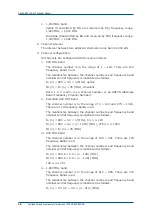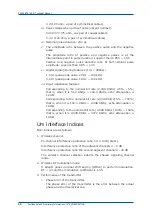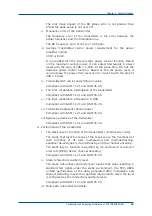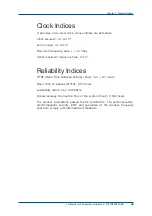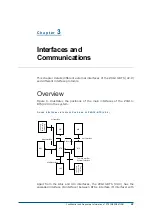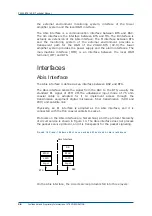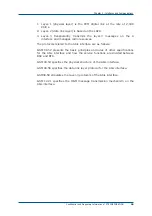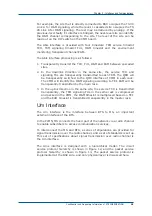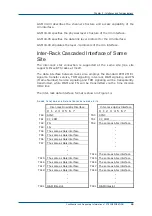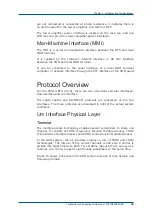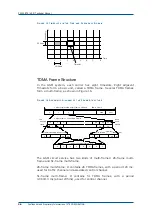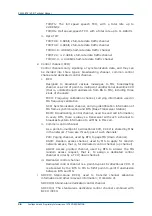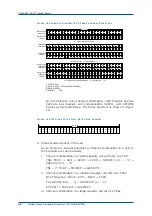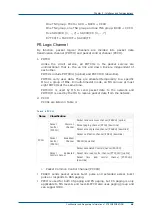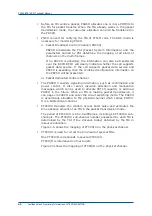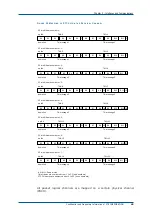
ZXG10-BTS (V2.9) Technical Manual
28
Confidential and Proprietary Information of ZTE CORPORATION
the external environment monitoring system, interface of the tower
amplifier system and the local O&M interface.
The Abis interface is a communication interface between BTS and BSC.
The Um interface is the interface between BTS and MS. The B interface is
actually an extension of the Abis interface. The M interface between BTS
and the monitoring system of the external environment provides a
transparent path for the O&M of the ZXG10-BTS (V2.9).The tower
amplifier system provides the power supply and the alarm interfaces. The
man-machine interface (MMI) is an interface between the local O&M
terminal (LMT) and BTS.
Interfaces
Abis Interface
The Abis interface is defined as an interface between BSC and BTS.
The Abis interface sends the signal from the BSC to the BTS, usually the
standard E1 signal of PCM 2M.The unbalanced input mode of 75 ohm
coaxial cable is adopted for it to implement access through the
transmission equipment digital microwave, fiber transmission (SDH and
PDH) and satellite link.
Physically, an E1 interface is adopted as the Abis interface, and it is
connected with the thin coaxial cable & D-socket.
Protocols on the Abis interface are hierarchical, and the protocol hierarchy
of circuit service is shown in Figure 10. The Abis interface does not process
the packet service protocol, and it is transparent for the packet signaling.
F
I G U R E
1 0
C
I R C U I T
S
E R V I C E
P
R O T O C O L
L
A Y E R E D
S
T R U C T U R E O F
A
B I S
I
N T E R F A C E
Abis Interface
BTS
BTSM
LAPD
Sig.L1
BSC
Sig.L2
LAPD
BTSM
RR
On the Abis interface, the circuit service protocols fall into three layers:
Summary of Contents for ZXG10-BTS
Page 4: ...This page is intentionally blank ...
Page 8: ...Figures 121 Tables 123 ...
Page 9: ...This page is intentionally blank ...
Page 10: ......

